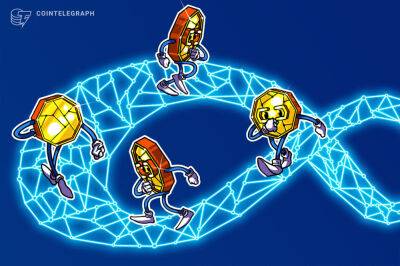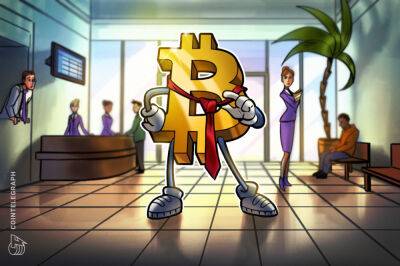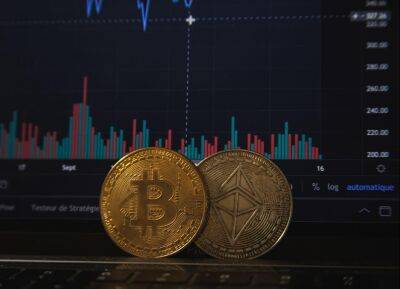2022, the Year Layer 2 Takes Off
Will Harborne is the Founder and CEO of non-custodial exchange DeversiFi.
__________
This is a pivotal year for Ethereum layer 2 (L2) solutions. What happens over the coming months will be critical in making decentralized finance (DeFi) work better, faster, and more reliably for a far greater number of users.
Last year saw L2 solutions roll out with great promise, increasing the number of decentralized apps across verticals such as exchanges, marketplaces, wallets, bridges, and more. Yet the growing user base and total value locked on Ethereum L2 were eclipsed by alternative layer 1 blockchains emerging to fill the market gaps that persisted such as Ethereum’s scalability issues. With multiple apps deployed across chains, we are now seeing increasing fragmentation that adds complexity for end-users and detracts from the ultimate goal of making DeFi accessible for all.
This year, L2 solutions will not only fulfil the promise of DeFi without compromise but take DeFi usage to even greater heights. The pieces of the puzzle - hitting critical development milestones, and L2’s increasing relevance in a multi-chain environment - are set to come together this year to make this a reality.
[Layer 1 (L1) is the base protocol (the Ethereum blockchain), while layer 2 (L2) is any protocol built on top of Ethereum.]
Ethereum creator Vitalik Buterin has claimed that (L2s or) “rollups are in the short and medium-term, and possibly in the long term, the only trustless scaling solution for Ethereum”. We have seen this start to play out, with the total value locked (TVL) in layer 2 protocols such as StarkNet, Arbitrum, and Boba Network growing from USD 50 million to a high of USD 7 billion.
However, many alternative L1s such as Solana, Avalanche,
Read more on cryptonews.com cryptonews.com
cryptonews.com









